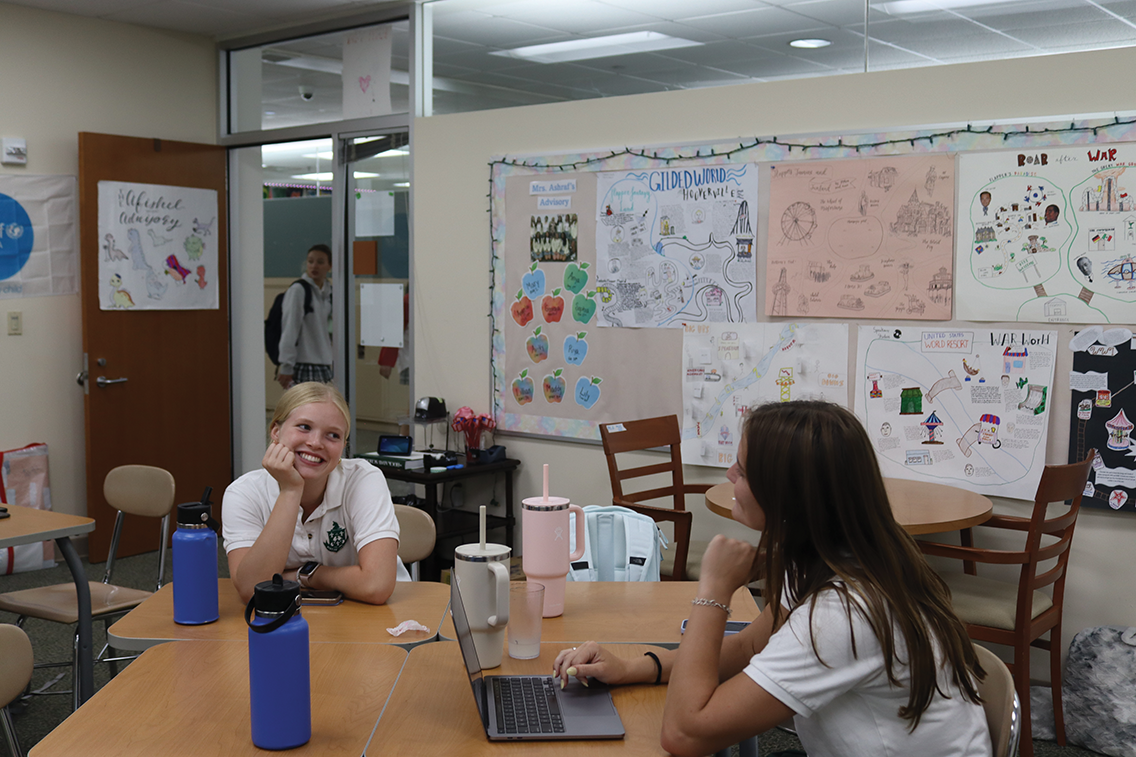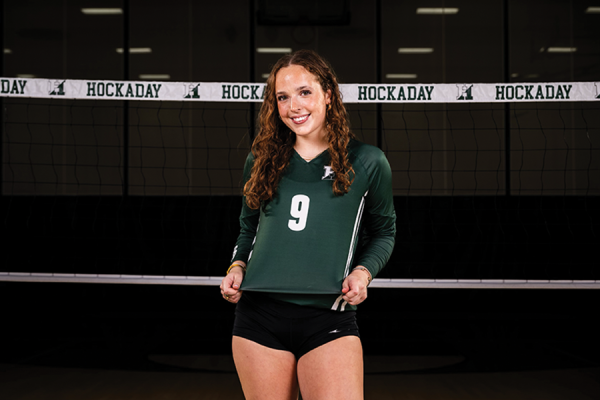Educational outcomes post- COVID
Statistics reflect decline in literacy, socio-emotional development
January 29, 2023
National declines in mental health. A literacy crisis. Exacerbated racial and cultural disparities in educational outcomes. COVID-19 heightened — and highlighted — the problems with educational systems nationwide. Now, startling statistics reflecting drops in educational engagement, competency rates, and social-emotional development are prompting educators to reflect on how we can make education a more effective and student-responsive institution.
HISTORY:
Flaws and gaps in national education systems emerged long before the onset of COVID-19, but the impact of COVID brought awareness to those problems.
Kali Woodward is a former educator and the founder and executive director of American Youth Literacy Foundation, a global not-for-profit working to expand literacy access through phonics-based learning. He has been working to address gaps in American literacy rates since 2003 and said he hopes to bring awareness to the fact illiteracy is not a new phenomenon.
“There’s been a literacy crisis in America for pushing 100 years now and that’s a really fascinating story,” Woodward said. “It wasn’t like it was a pretty picture before COVID.”
Woodward said beginning in the 1940’s especially, but sooner in some circumstances, the implementation of the ‘Look-Say’ method of teaching reading ushered in a decades-long period of reading disability that has impacted scores of millions of students in America’s public schools.
These literacy problems carried over into the turn of the century—and today, according to the National Assessment of Education Progress, literacy rates nationwide have been dropping for nearly a decade.
In 2019, the NAEP showed a steady decline in 4th-graders’ reading comprehension and proficiency as compared to 2017, the last time the test was administered. Only 35% of fourth graders were proficient in reading, a 2-point drop from 2017.
In 2021, the first pandemic year the NAEP was administered, the NAEP showed that only 33% of fourth graders were proficient in reading, a two-point drop from 2019. This decline was consistent with the drop between 2017 and 2019, proving that illiteracy is a problem that has been brewing for longer than the breadth of the pandemic.
What COVID-19 did uniquely succeed at, however, was increasing the disparities in educational outcomes between low-poverty and high-poverty schools. According to a report by McKinsey, test-score gaps between these schools grew by approximately 20% in math and 15% in reading during the 2020-2021 school year.
Woodward said COVID certainly had negative impacts on students’ educational preparedness. But it is important not to view those negative impacts within a pandemic void and to recognize they are a part of a larger educational trend in national education systems.
Educational outcomes at Hockaday
COVID’s impact on children across America have not only been statistical—they are ever-present in the classroom. From having classes on Zoom to being separated from friends, the impact COVID-19 had and will continue to have on young people and children is significant, according to psychologists and learning specialists nationwide.
“Hockaday is no different than any other school across the country when it comes to COVID recovery,” said Shelley Cave, director of the Dr. William B. Dean Academic Learning Support Program.
While Hockaday has a strong academic program, even students within its walls have felt the impact of COVID.
“One big difference we are seeing is the ability to organize, plan and manage time,” Cave said.
Students might have more trouble planning papers, studying for tests and managing homework after losing some developmental time during COVID, she said.
Ashley Ferguson, Upper School counselor, echoed Cave’s sentiments.
“The pandemic put a lot of academic protective layers in place, and now that some of those are sort of dissipating, it is causing a rise in academic and performance anxiety,” Ferguson said.
Certainly, COVID led to a large rise in anxiety and stress across age groups.
“The little ones, too, might deal with a fear of being separated from home and middle schoolers could feel anxiety in social settings,” Cave said.
Ferguson said this phenomenon at Hockaday was consistent with national statistics.
“Hockaday is definitely in line with the national reaction to COVID among adolescents,” Ferguson said. “I mean, the increase in anxiety, just generalized anxiety, nationally has skyrocketed.”
According to the NCES, 87% of American public schools reported the COVID-19 pandemic had a negative impact on student socio-emotional development during the 2021-2022 school year, and 84% agreed the pandemic negatively impacted students’ behavioral development.
However, Cave said it is important to remember these negative outcomes are really disruptions or lags, and students eventually catch up.
These two issues are interconnected, Cave said. When a persistent sense of anxiety clouds everyday life, it will hinder any child’s ability to participate in the classroom, meet deadlines or manage workload.
LOOKING TOWARD THE FUTURE:
Woodward said American Youth Literacy Foundation’s goal is to get America’s literacy rates to at least 97% by 2025 through patented, diacritic, phonics-based learning model.
“According to the NCES ‘Nation’s Report Card,’ the vast majority of kids coming out of our public schools are either functionally or completely illiterate,” Woodward said. “At AYLF, we teach by revealing all of these hidden sounds in every word using the diacritic method, so students understand the components of words.”
To expand global access to their learning model, AYLF developed an app, FUNetix, that Woodward said “turns non-readers into readers in about 12 hours.”
FUNetix engages students through an interactive set of 40 modules. Interspersed throughout the app’s curriculum are mini games and small-scale assessments to test students’ progress.
American Youth Literacy Foundation’s goals echo those of policymakers and researchers across the country.
The ROAD to COVID Recovery Project is a venture that works to research “actionable district strategies for student advancement.” Led by the American Institutes for Research, NWEA and graduate researchers at the Harvard Center for Education Policy Research, this large-scale initiative has collected and translated data to advise school districts on COVID recovery.
Ultimately, most organizers and professionals agree: intervention is necessary to avoid the development of a “lost generation” of students. Through targeted after-school programming, increased tutoring and summer schooling, it may be possible to curb the long-term impacts of the pandemic on students’ educational outcomes.











